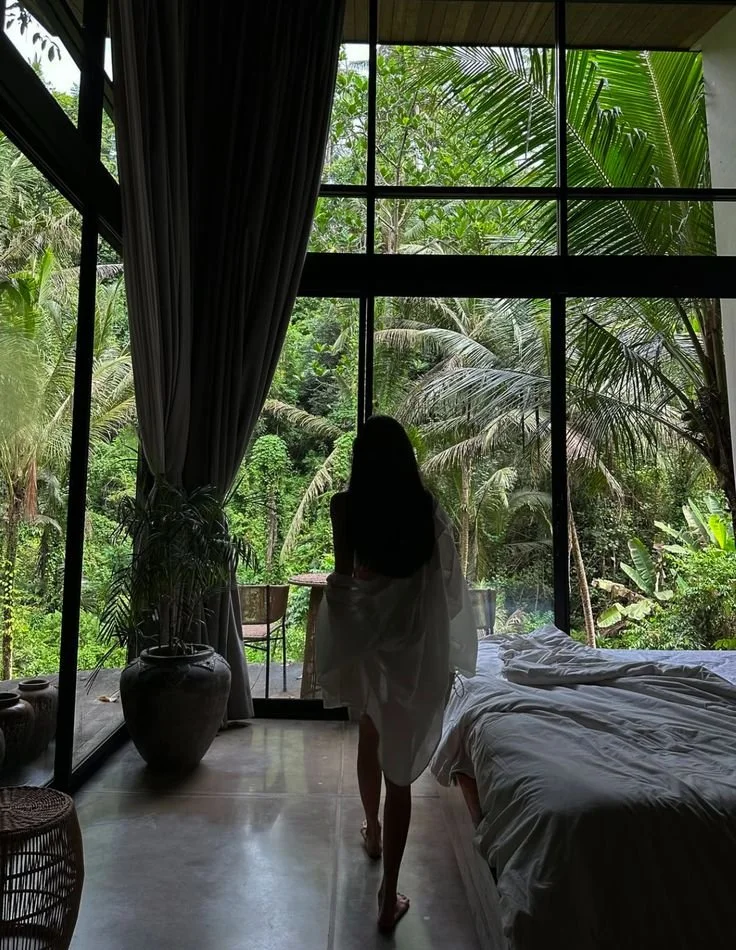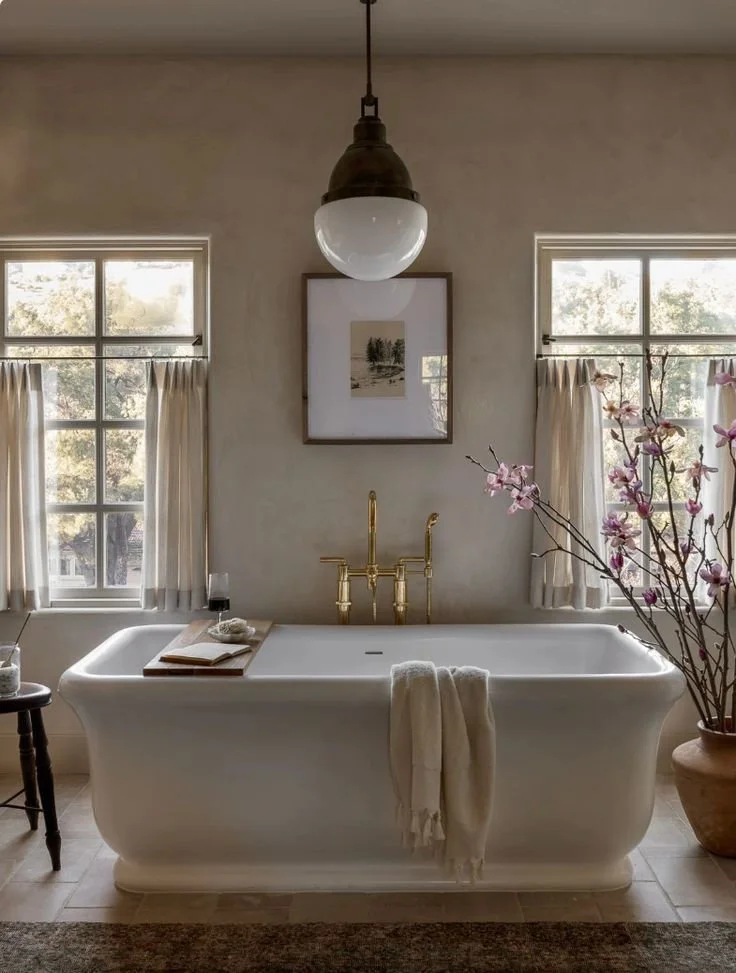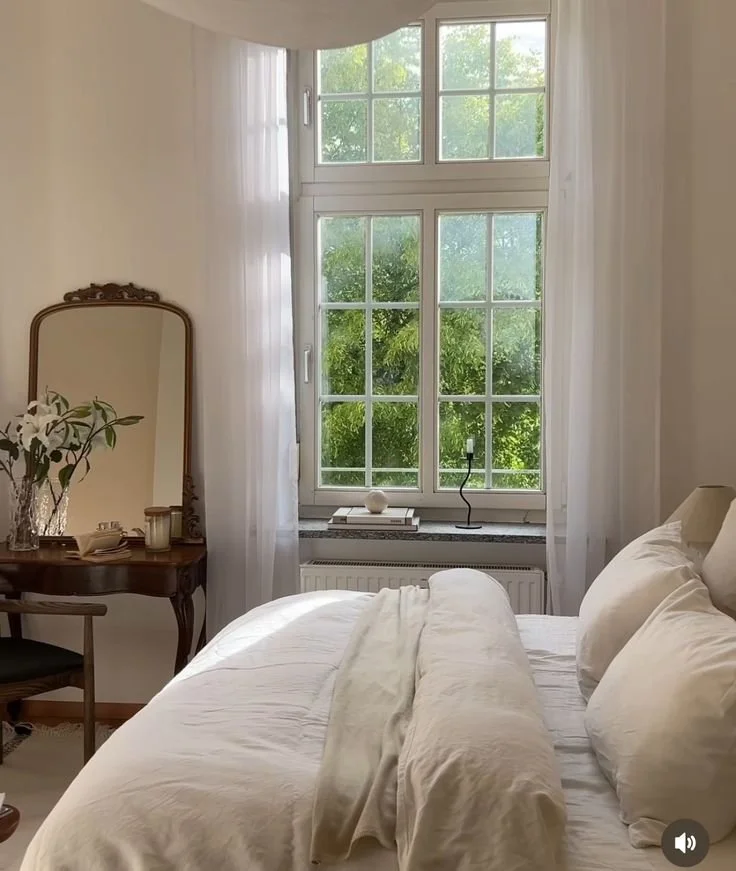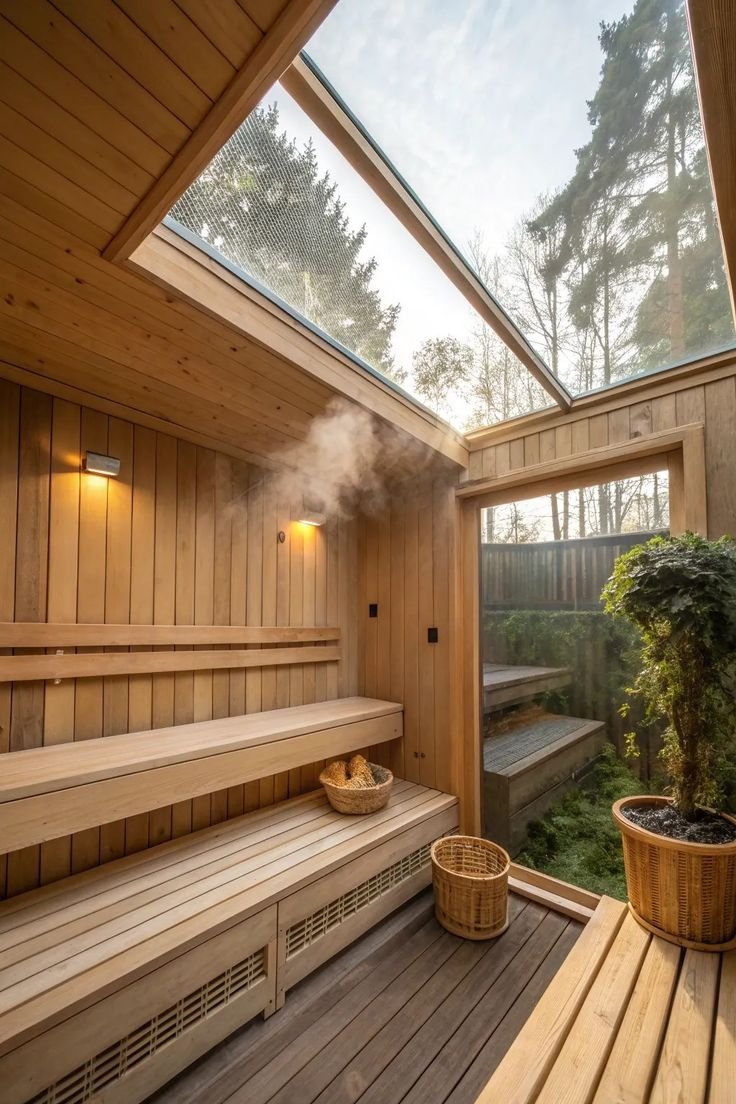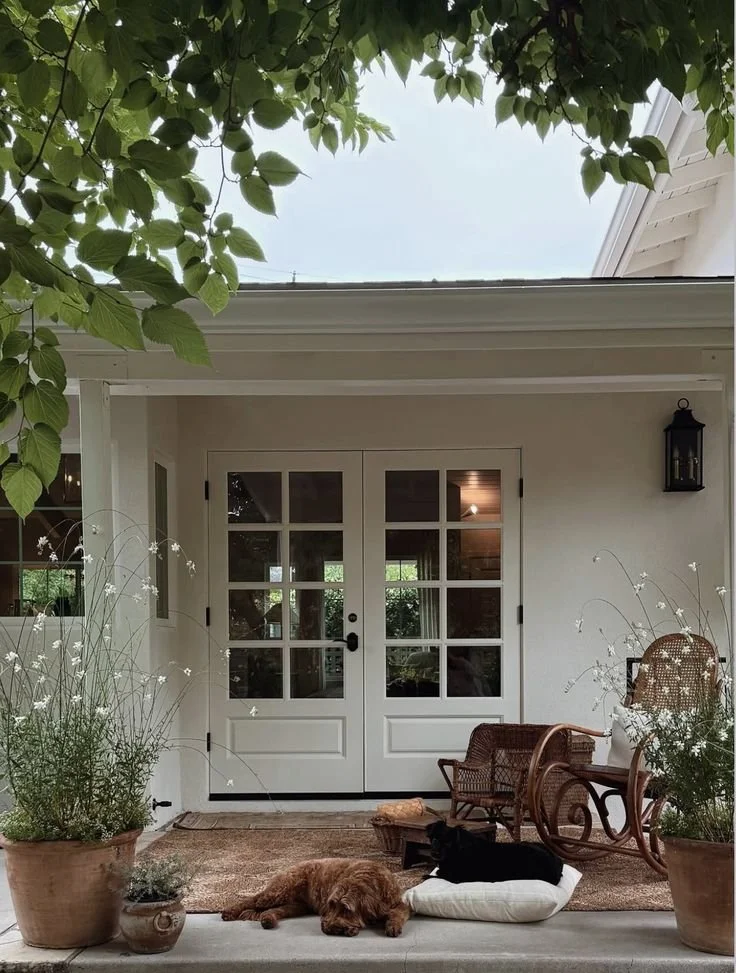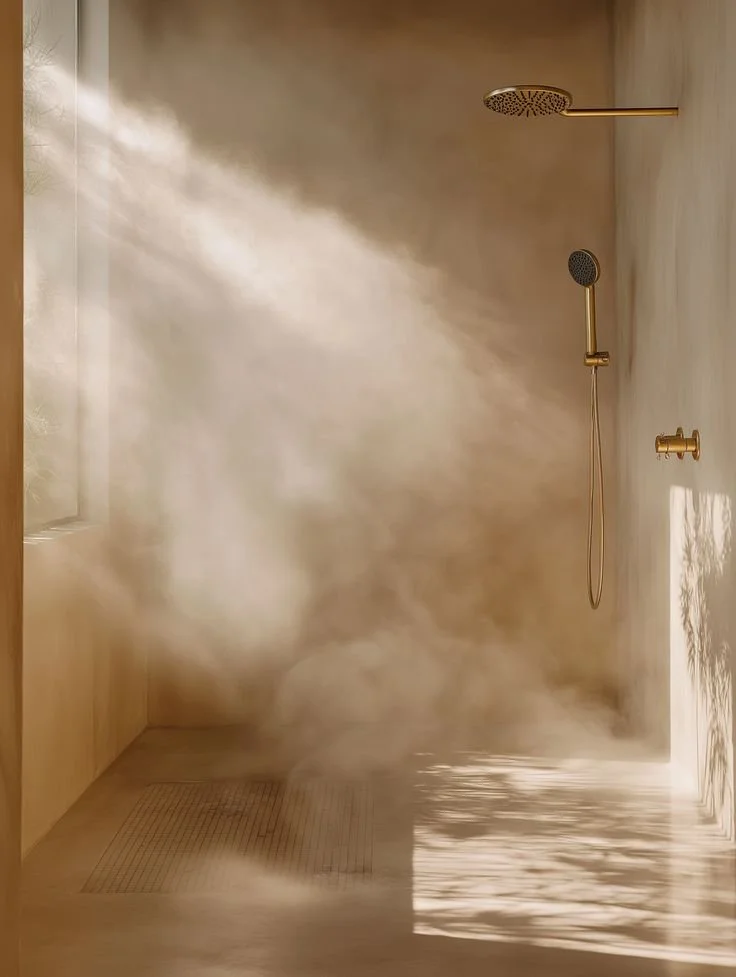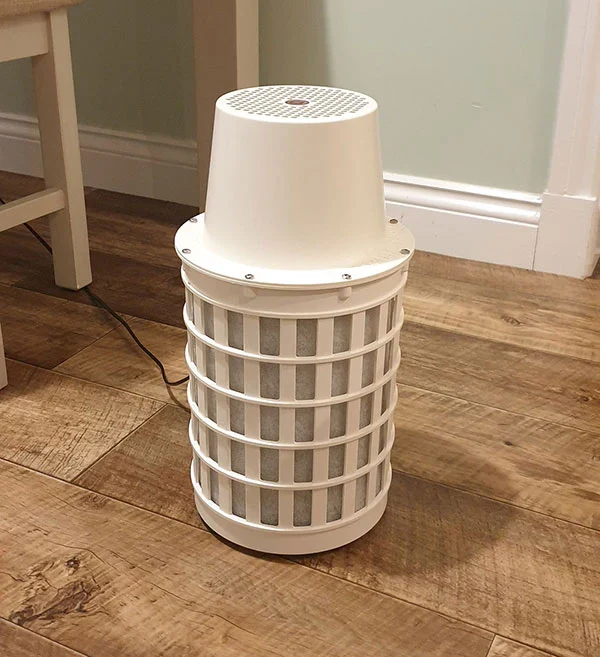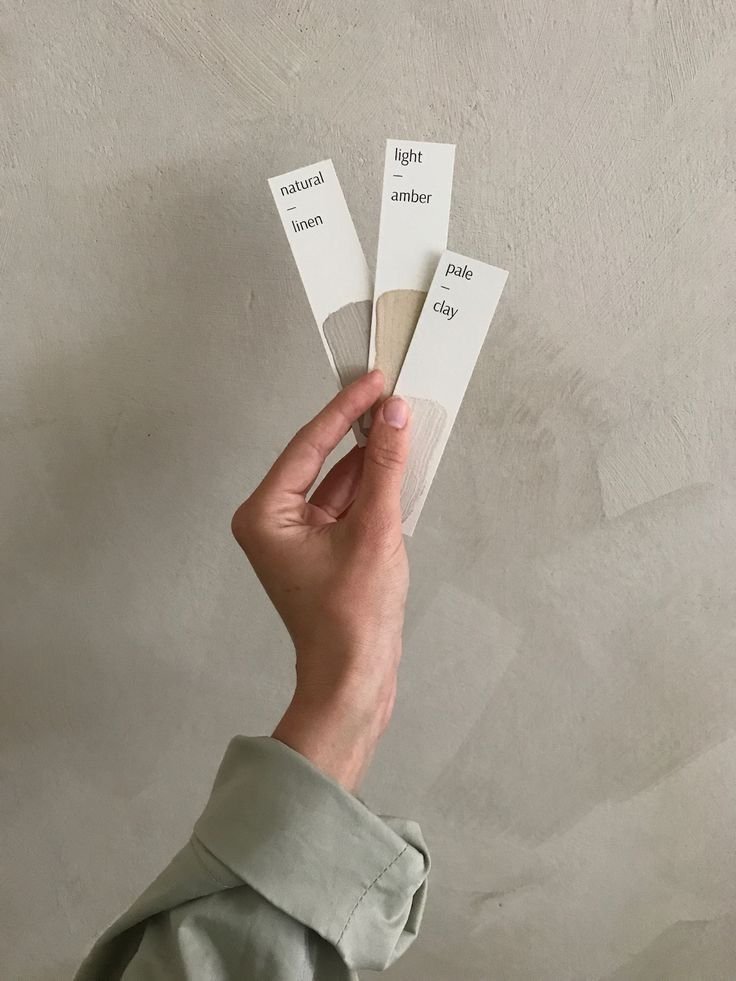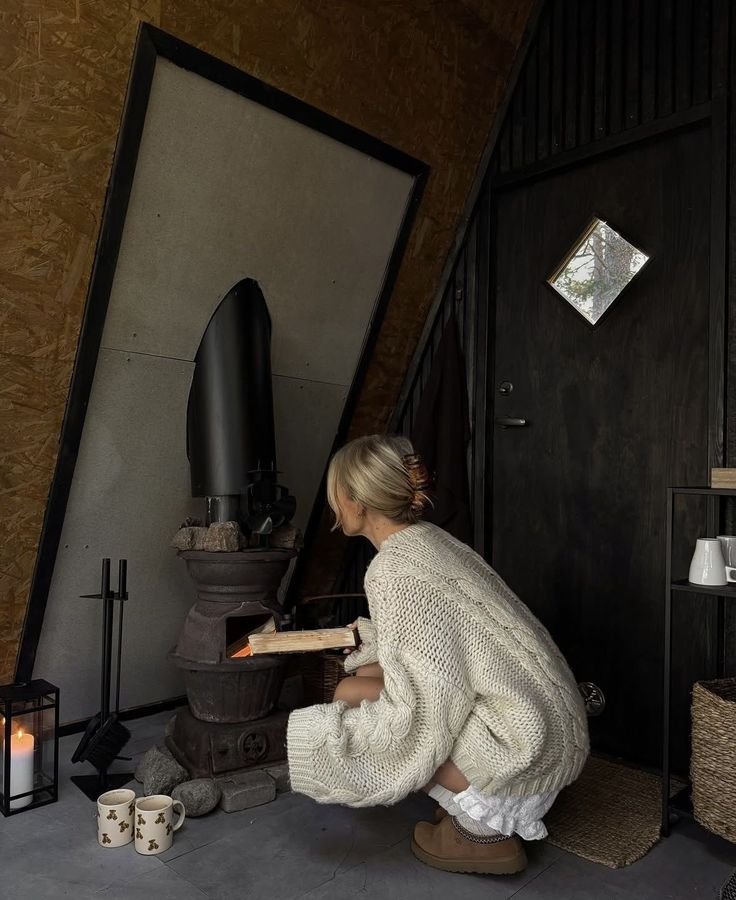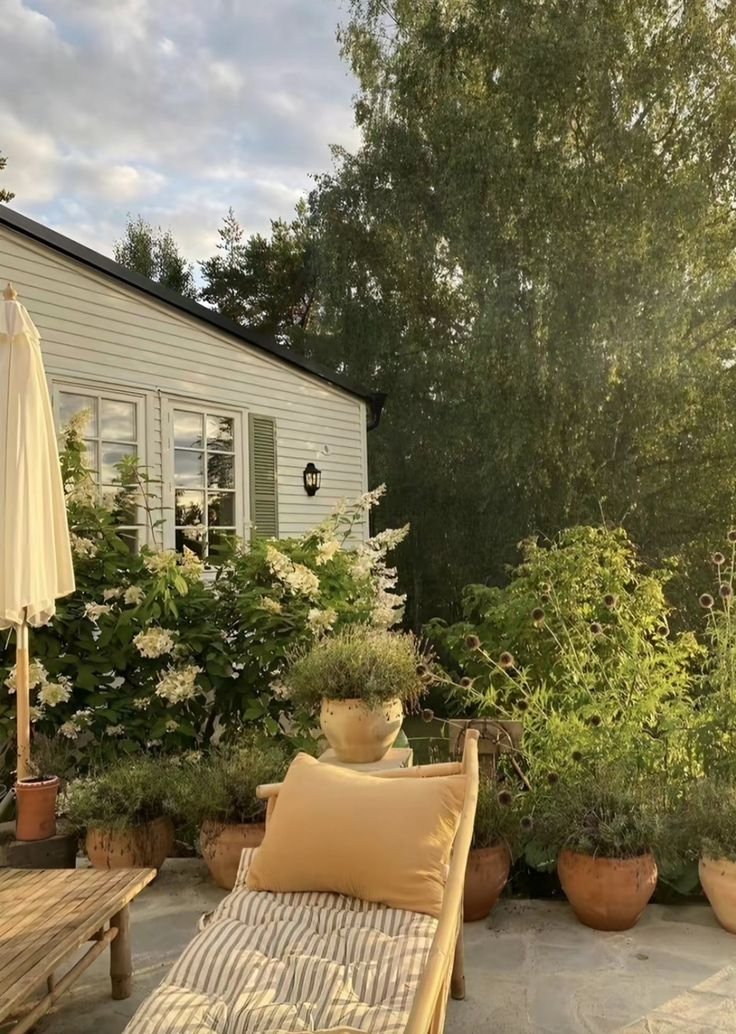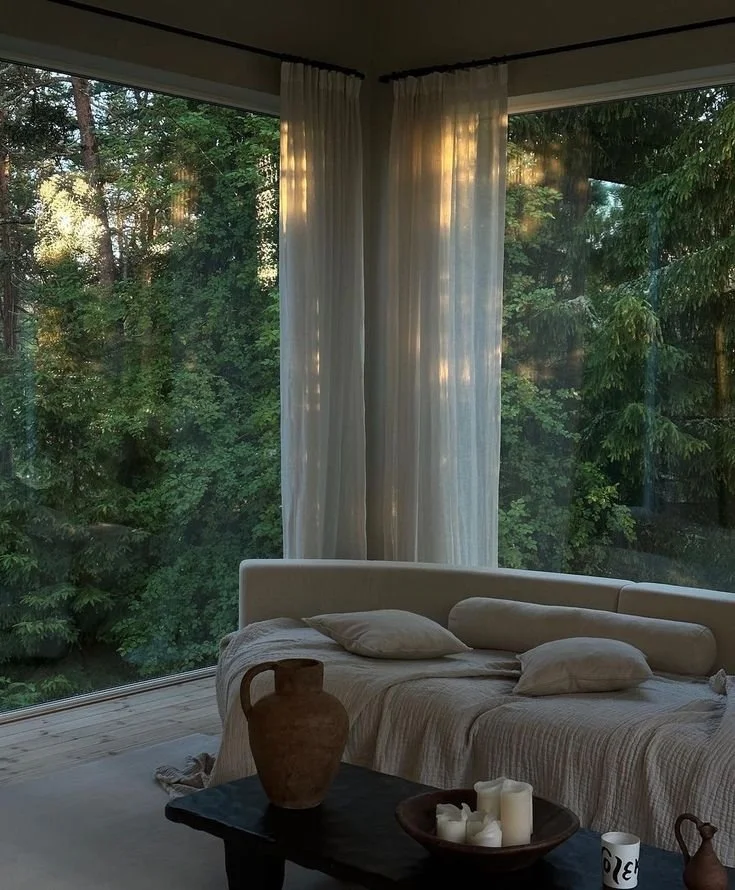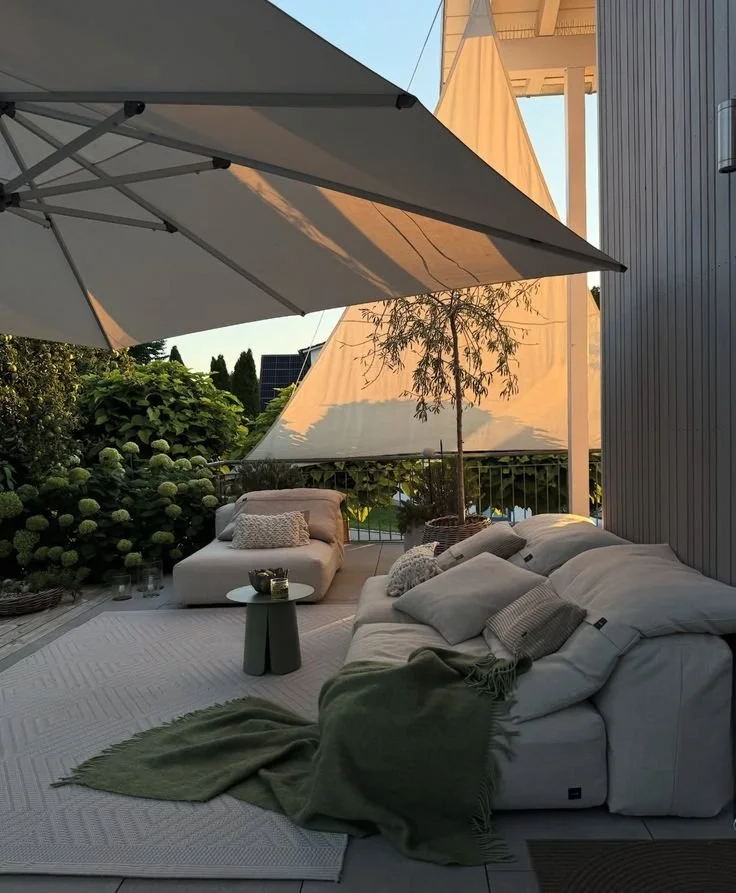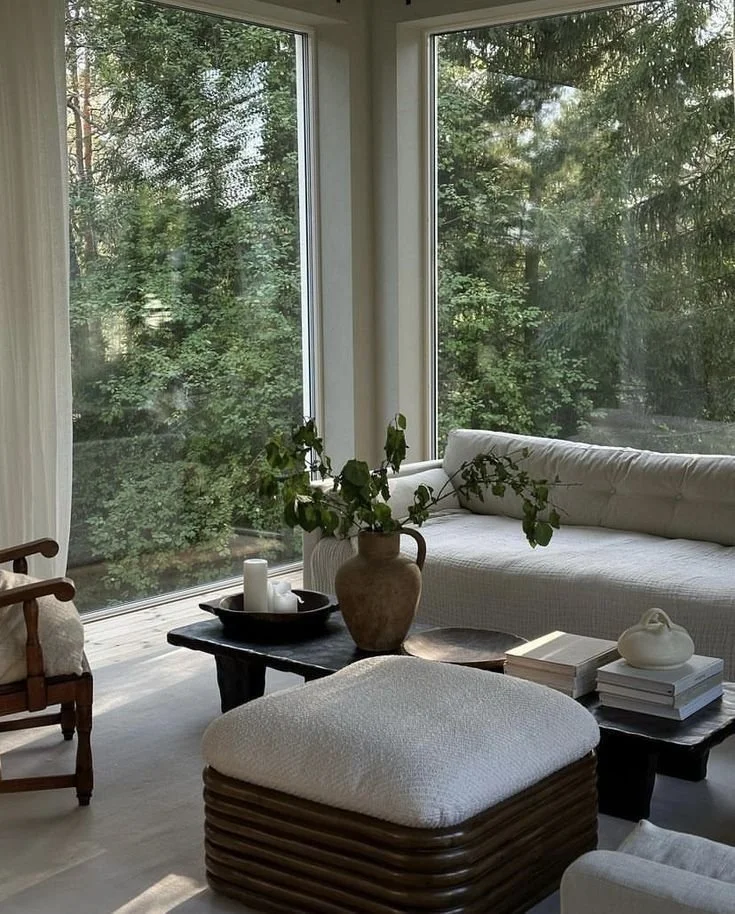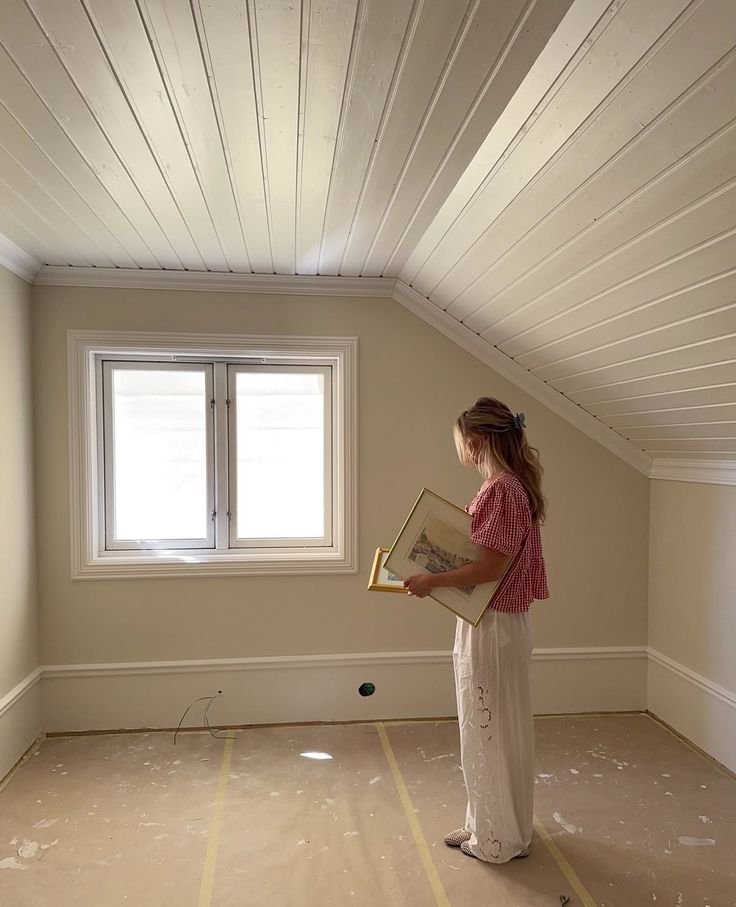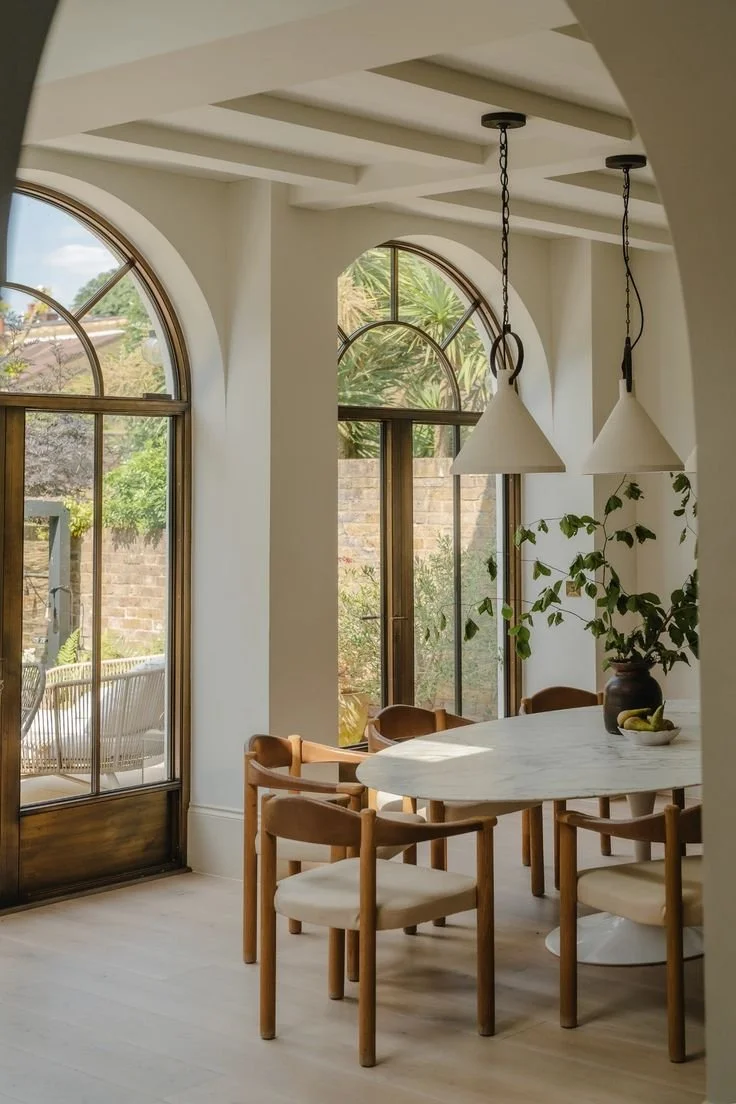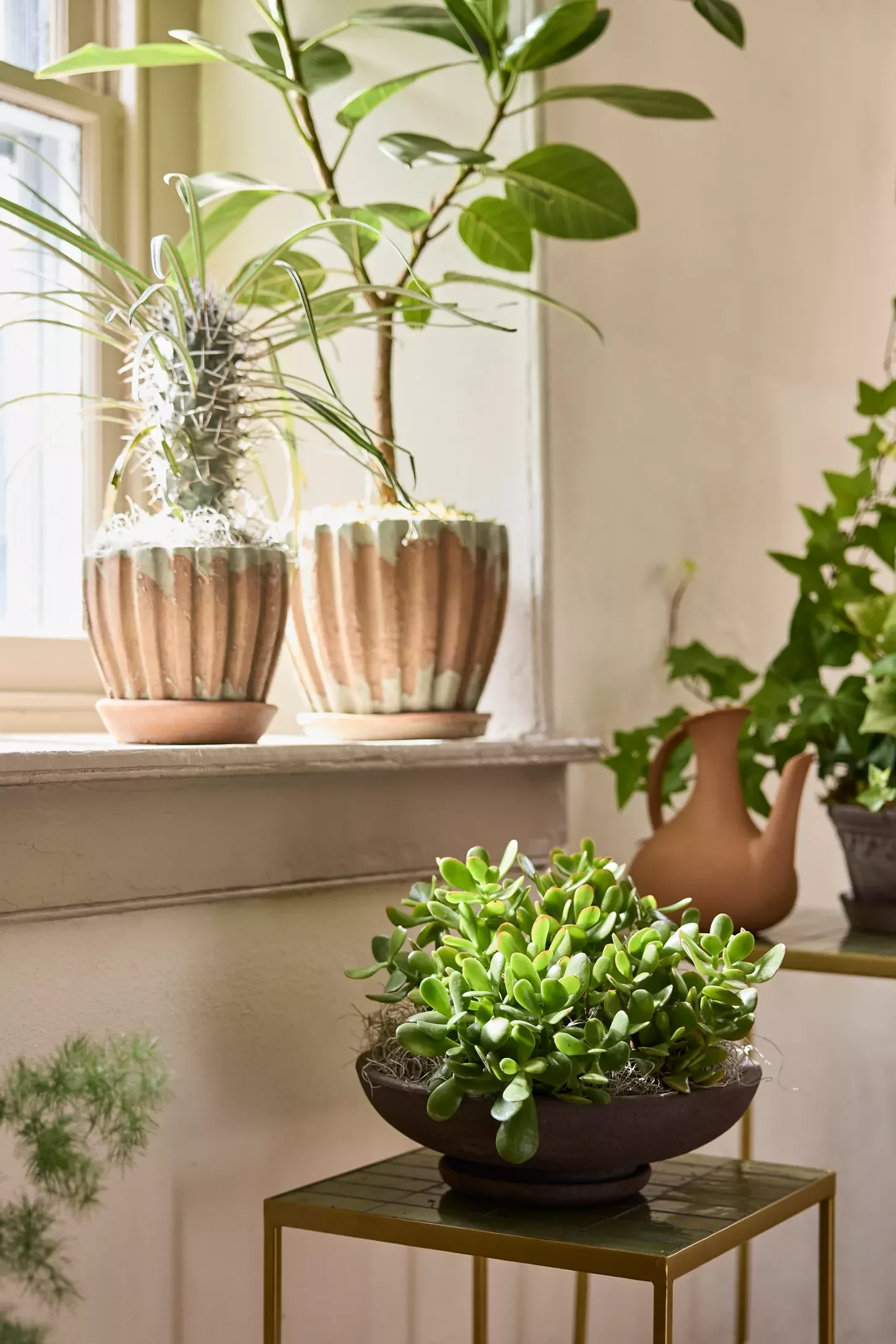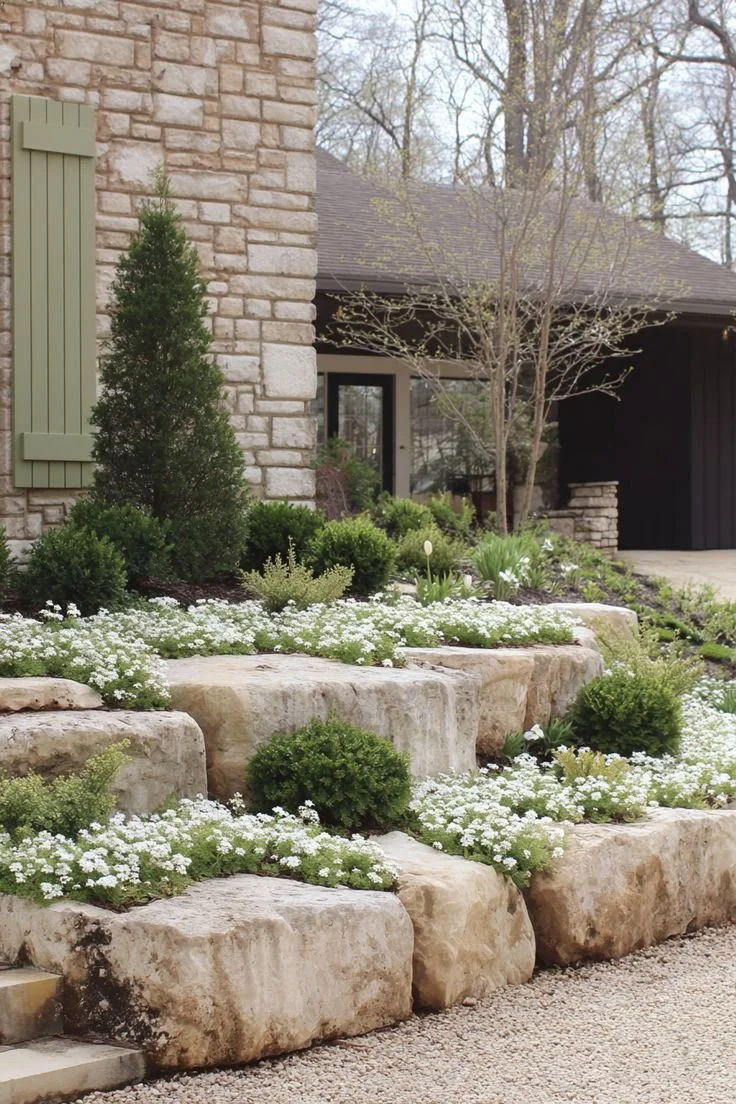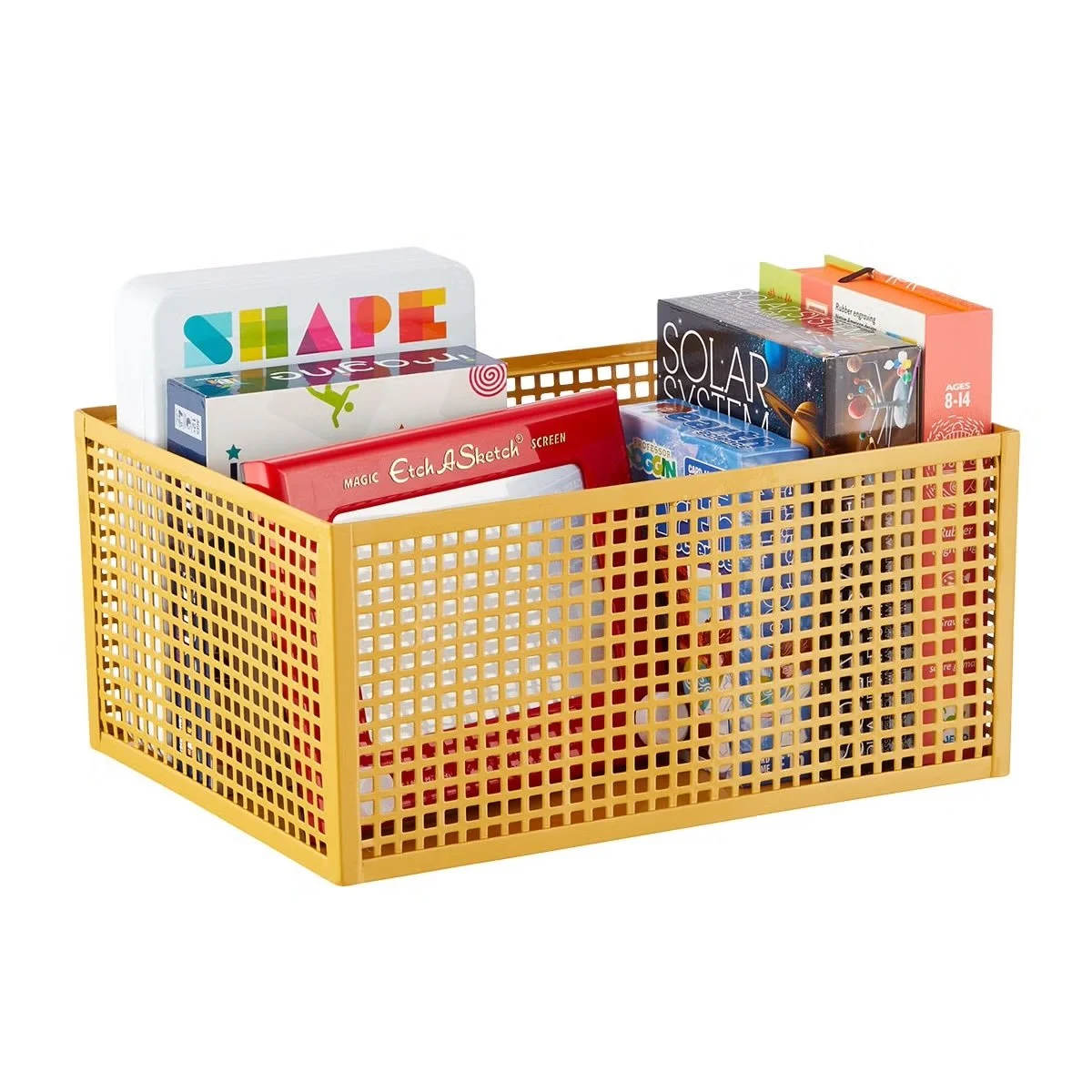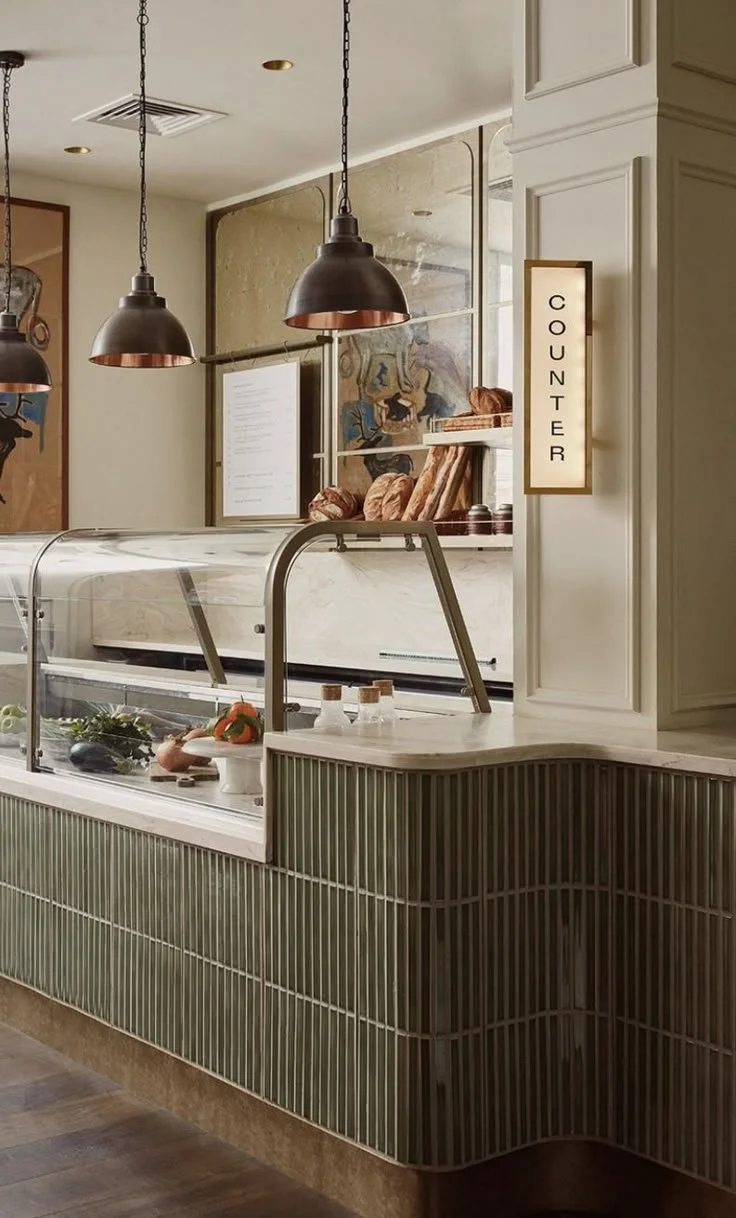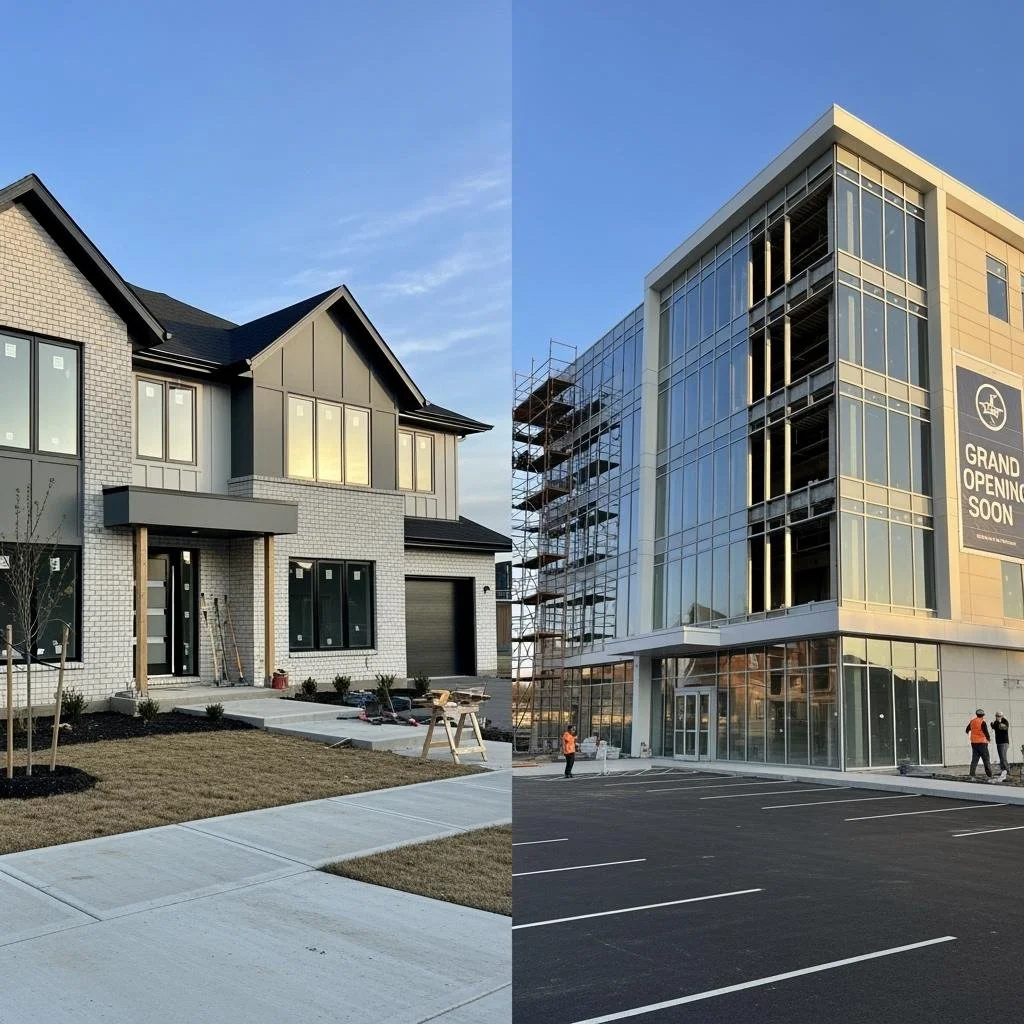The concept of personal growth is as nuanced as it is essential. It’s often described as a lifelong journey—one that’s deeply personal, highly subjective, and sometimes difficult to define. What feels like progress to one person may seem insignificant to another, and that’s precisely what makes self-development such a unique and individual experience.
Despite its complexity, personal growth doesn’t have to be overwhelming. In fact, the most sustainable and impactful transformations often come from small, intentional changes that are grounded in everyday life. Rather than chasing grand, all-encompassing goals, it’s often more effective to focus on manageable, meaningful steps that align with your values and lifestyle.
In this article, we’ll explore three distinct and practical methods for pursuing personal growth. Whether you're just beginning your journey or looking to deepen your self-awareness, these strategies can help you move forward with clarity, purpose, and intention.
No. 1
Pursuing Creative Skills
In today’s fast-paced world—especially amid the ongoing cost-of-living crisis—many people find themselves trapped in a cycle of work, exhaustion, and passive downtime. The result? A life that feels functional but unfulfilling, where weekends are spent recovering rather than recharging.
Why Creativity Matters
Engaging in creative activities offers a powerful antidote to this cycle. Whether it’s learning an instrument, painting, dancing, writing, or crafting, creative pursuits provide a sense of purpose, joy, and self-expression that can be deeply nourishing.
Creativity isn’t just about producing art—it’s about reconnecting with yourself and the world around you. It allows you to explore your thoughts and emotions in a non-linear way, often leading to insights and breakthroughs that structured thinking can’t provide.
Getting Started with Creative Hobbies
Revisit a childhood passion you abandoned
Take a local or online class in something new
Set aside a dedicated time each week for your creative practice
Join a community or group to stay motivated and inspired
Even if you’re tired after a long week, choosing to engage with something creative—even for just 30 minutes—can shift your mindset and bring a renewed sense of vitality to your life.
No. 2
Guided Practices with Experienced Practitioners
While personal growth is inherently individual, that doesn’t mean you have to go it alone. In fact, some of the most profound transformations come from working with others—especially those who are trained to guide you through the process.
Learning from Others
Platforms like Munay Live offer curated sessions rooted in ancient wisdom and holistic practices. These experiences are designed to help you reconnect with your body, mind, and spirit in a way that feels grounded and accessible. Whether it’s breathwork, meditation, or energy healing, guided practices can open doors to self-discovery that might otherwise remain closed.
Therapy and Mental Health Support
Sometimes, the most effective growth comes from simply talking to someone. Whether it’s a licensed therapist, counselor, or coach, having a neutral, supportive person to reflect your thoughts back to you can be incredibly clarifying.
If you struggle with anxiety, depression, or chronic stress, don’t hesitate to speak with your general practitioner. They can refer you to mental health professionals who specialize in helping people navigate these challenges. In some cases, medication may also be recommended—not as a cure, but as a tool to help you regain stability and clarity.
Benefits of Guided Support
Gain new perspectives and insights
Learn techniques to manage stress and emotions
Receive accountability and encouragement
Access ancient and modern healing modalities
Working with a practitioner can be a powerful catalyst for growth, especially when you feel stuck or unsure of your next step.
Skillshare
Explore thousands of creative classes on one of the leading online learning platforms for creatives with 1 month free!
No. 3
Getting a Better Routine
It’s often said that success is built on routine—and when it comes to personal growth, this couldn’t be more true. Humans are creatures of habit, and our daily routines shape our mental, emotional, and physical well-being.
The Importance of Structure
Without a solid foundation, it’s difficult to build anything meaningful. That’s why establishing a healthy, consistent routine is one of the most effective ways to support your growth journey.
Start by examining how you spend your time. Are you getting enough sleep? Are you moving your body regularly? Do you have time set aside for reflection, connection, and rest?
Key Elements of a Growth-Oriented Routine
Sleep: Aim for a consistent bedtime and wake-up time to regulate your circadian rhythm.
Exercise: Incorporate movement into your day, whether it’s a walk, yoga, or strength training.
Nutrition: Fuel your body with whole, nourishing foods that support your energy and mood.
Social Connection: Make time for meaningful interactions with friends, family, or community.
Reflection: Journal, meditate, or simply sit in stillness to check in with yourself.
By making small adjustments to your routine, you can create a ripple effect that enhances every area of your life. Over time, these micro-changes accumulate into significant, lasting transformation.
Takeaways
Personal growth isn’t about becoming someone else—it’s about becoming more fully yourself. As we’ve explored in this article, the journey doesn’t have to be overwhelming or abstract. By pursuing creative outlets, seeking guidance from experienced practitioners, and building a supportive daily routine, you can make meaningful progress toward a more fulfilling and authentic life.
Final Thoughts:
Growth is deeply personal—define it on your own terms.
Small, consistent actions are more powerful than grand gestures.
Support, structure, and self-expression are key pillars of transformation.
Most importantly, remember that starting is often the hardest part. But once you take that first step—no matter how small—you’ve already begun the journey. Be patient with yourself, stay curious, and trust that growth is always possible, one moment at a time.
Good luck—you’ve got this.
Looking for Wellness resources?
Are you looking to enhance your wellness routine? Explore our wellness partners who offer a wide range of resources to support your journey toward holistic living and well-being.










